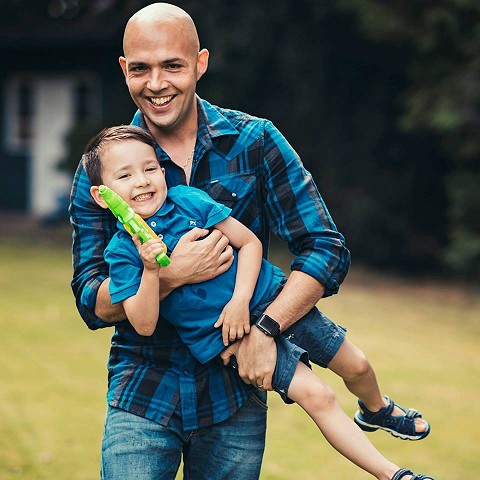Product Launch Time

After one year of hard work and extensive testing, it was great to finally see my work come to fruition. Today, the team and I presented our re-designed iSite product to 60+ BBC stakeholders. After a slow start in development terms, we are now cooking on gas and releasing new versions of our CMS in shorter release cycles. In all fairness, to build a team of developers, software engineers and business analysts capable of building a brand new CMS from scratch was the biggest headache for the team. Now everyone is in place, we are releasing new features all the time and getting more and more users onboard all the time. iSite itself is one of the BBC’s core CMS applications. It powers much of the customer facing presences of the corporation, these including CBeebies, CBBC, Blogs, Programmes, Audio & Music and Corporate to name just six of the departments. When I joined just over a year ago, this was my first project. The current version of iSite built on an Alfresco framework had quickly fallen behind the needs of an organisation this size. The choice was to either squeeze as much out of this platform or to build a whole new application in-house. No easy decision I’m sure you would agree. When I joined it was almost impossible to find where to begin with software so complex and many things to many users. Users were frustrated and production was hindered while the team itself was stretched and seemingly putting out fires without the ability to fix the problem at source. !/perch/resources/deleted-items-icon-.jpg(BBC iSite v2)! My research to date has involved me testing on a total of 61 users over 12 individual rounds. A massive research piece even for an organisation of this size. I think what was great about our testing was our constant validation of theories and hypothesis we had about our user’s needs.
Early testing rounds involved paper prototyping with users and stakeholders which was a great way of getting ideas out there and discard the weaker ones. This soon evolved to paper prototyping on wireframes I had created in Illustrator but now I was involving the team. By doing this I could get instant feedback from both the software engineers and developers. From here I was able to move these prototypes to clickable PDFs which I could circulate via email or one-to-one usability tests. Once we started getting more and more feedback, we was able to validate our assumptions about our users with a seemingly constant feed of information. Often we thought the solutions our users needed were quite complex and expensive to build. But because we had a constant engagement of user validation we often realised there was often a far more simple solution than the one we was lead to believe was right. Remember, as this was still my ‘sprint 0′ hardly any code had been laid so no cost so far. Once we started testing on HTML prototypes and then ultimately real code, our results were giving us more in-depth data within our usability tests. Some things you can’t test that well on Post-It notes and clickable PDFs. Once we start adding rich visual design and end-to-end user journeys, testing in pages in isolation no longer yields the detailed validation we are looking for to ensure we are building the right features in the right way.
I realise Lean UX is fast becoming the flavour of the year with the great work of people like Jeff Gothelf and Eric Ries before him with his Lean Start Up work, but it is a big challenge to implement these ideas into an organisation, large or small. Especially when everyone has their own opinion on the best way forward. But the big thing for me, it is alway possible to improve processes and work quickly towards validation- even if it is your own flavour of Lean. As we are now well into our next release work, the MVP (Minimum Viable Product) seems a long, long time ago. I’m very proud of this product, not just because of the testing approach we took but because it is a real life example of where the team is working together and quickly. Its a big relief that we are now able to refine the designs and the features we put in front of our users.
